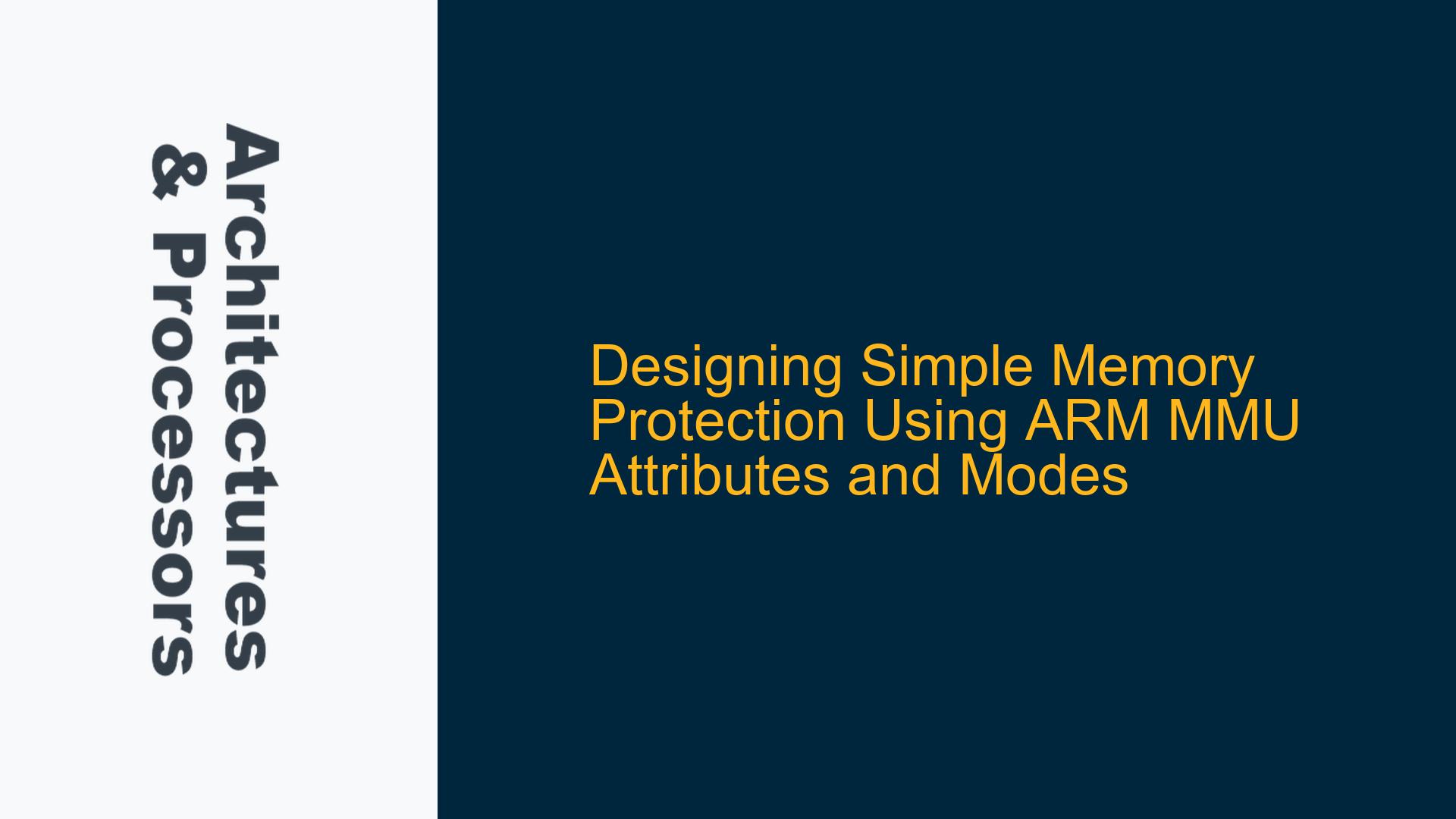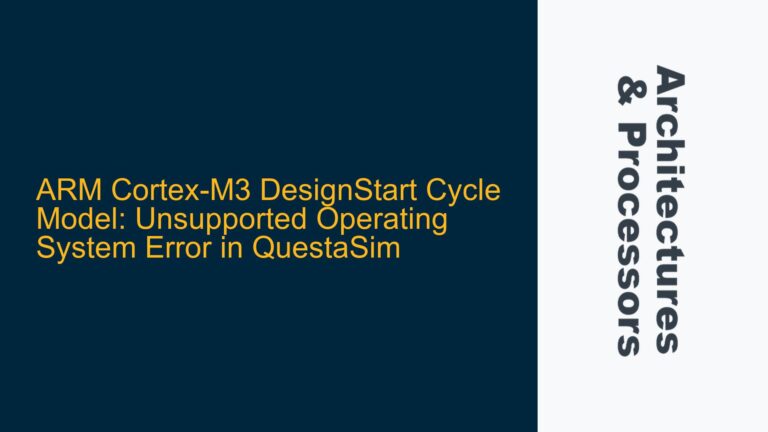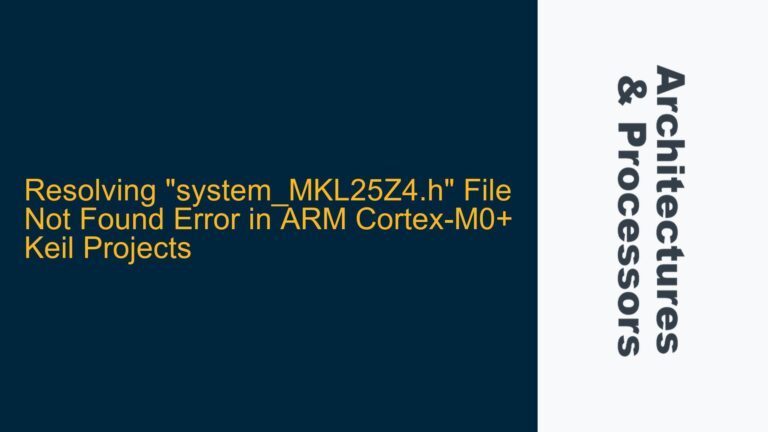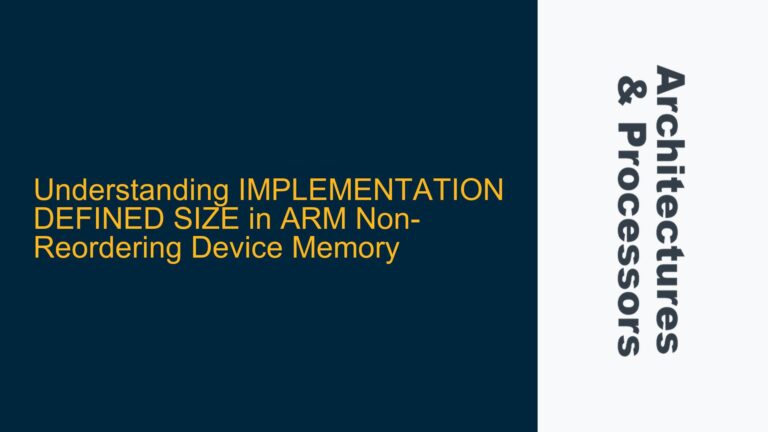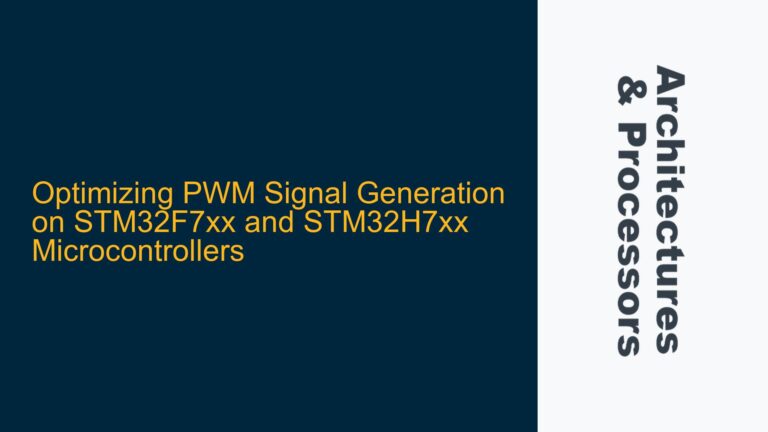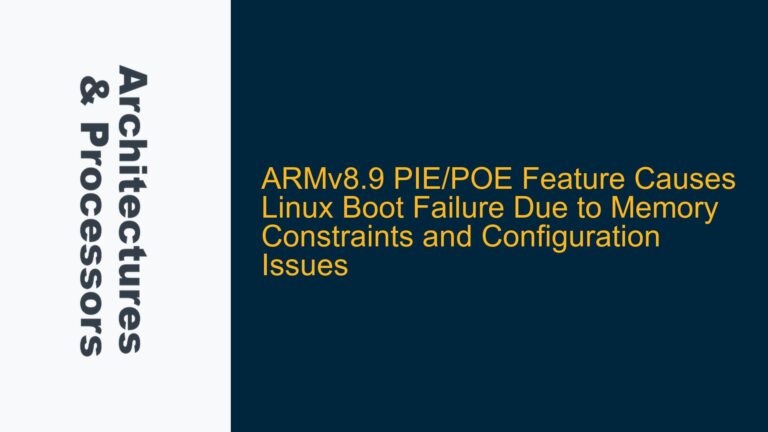ARM MMU-Based Memory Protection for Multi-Task Embedded Systems
Memory protection is a critical aspect of designing reliable and secure embedded systems, especially when multiple tasks or processes share the same hardware resources. The ARM Memory Management Unit (MMU) provides a robust mechanism to enforce memory access restrictions, ensuring that each task operates within its designated memory region without interfering with others. This post delves into the design of a simple memory protection model using ARM MMU attributes and modes, focusing on standalone OS applications composed of multiple tasks, each with its own memory region and access permissions.
ARM MMU Translation Tables and Access Permissions
The ARM MMU operates by translating virtual addresses to physical addresses using translation tables. These tables not only define the mapping between virtual and physical addresses but also specify access permissions for each memory region. The access permissions are defined at the page level and can be configured to restrict read, write, and execute operations based on the privilege level of the accessing code.
In ARM architectures, the privilege levels are divided into two main categories: unprivileged (EL0) and privileged (EL1 and above). Unprivileged mode typically corresponds to user-space applications, while privileged mode is reserved for the operating system kernel and other system-level software. The MMU enforces access permissions by checking the privilege level of the accessing code against the permissions defined in the translation tables.
For example, a memory region can be marked as read-only for unprivileged code, allowing user-space applications to read the data but not modify it. Similarly, a region can be marked as inaccessible to unprivileged code, ensuring that only the kernel or other privileged software can access it. This granularity of access control is essential for implementing memory protection in multi-task environments.
However, the ARM MMU does not natively support process-specific access restrictions. The translation tables do not include process identifiers (PIDs) or similar mechanisms to differentiate between tasks. Instead, the MMU relies on the privilege level and the current translation table configuration to enforce access permissions. This limitation necessitates a software-based approach to implement per-process memory protection.
Per-Process Memory Protection Using Translation Table Switching
To achieve per-process memory protection, the system must dynamically switch translation tables as the scheduler changes the active process. Each process is assigned its own translation table, which defines the memory regions accessible to that process and their corresponding access permissions. When the scheduler switches to a new process, it also updates the MMU’s translation table base register (TTBR) to point to the new process’s translation table.
ARM architectures provide two translation table base registers, TTBR0 and TTBR1, which can be used to optimize this process. TTBR0 typically points to the translation table for user-space memory, while TTBR1 points to the translation table for kernel-space memory. By leveraging this dual-register setup, the kernel can maintain a static translation table for its own memory regions in TTBR1, while dynamically updating TTBR0 to switch between the translation tables of different user-space processes.
For example, consider a system with two processes, Process A and Process B. Each process has its own translation table, Table A and Table B, respectively. When the scheduler switches from Process A to Process B, it updates TTBR0 to point to Table B. This ensures that Process B can only access the memory regions defined in Table B, while Process A’s memory regions become inaccessible. Similarly, when the scheduler switches back to Process A, it updates TTBR0 to point to Table A, restoring Process A’s memory access permissions.
This approach provides a simple yet effective mechanism for enforcing per-process memory protection. However, it requires careful management of translation tables and synchronization between the scheduler and the MMU. The system must ensure that translation tables are updated atomically and that the MMU’s state is consistent with the current process’s memory layout.
Implementing Memory Barriers and Cache Coherency in Multi-Task Systems
One of the challenges in implementing per-process memory protection is ensuring cache coherency and proper memory barrier usage. When the system switches translation tables, it must ensure that any pending memory operations are completed before the switch occurs. Failure to do so can result in inconsistent memory states, where a process accesses stale or incorrect data.
ARM architectures provide memory barrier instructions, such as Data Synchronization Barrier (DSB) and Data Memory Barrier (DMB), to enforce the ordering of memory operations. These instructions ensure that all memory accesses before the barrier are completed before any memory accesses after the barrier are initiated. When switching translation tables, the system must issue a DSB instruction to ensure that all pending memory operations are completed before updating TTBR0.
Additionally, the system must manage cache coherency to ensure that the MMU’s view of memory is consistent with the data stored in the cache. ARM processors typically use a write-back cache policy, where modifications to memory are first written to the cache and later flushed to main memory. When switching translation tables, the system must ensure that any cached data for the outgoing process is flushed to main memory, and any cached data for the incoming process is invalidated.
For example, consider a scenario where Process A modifies a memory location that is cached. Before switching to Process B, the system must issue a cache clean operation to flush the modified data to main memory. Similarly, when switching to Process B, the system must issue a cache invalidate operation to ensure that Process B does not access stale data from the cache. These operations are critical for maintaining memory consistency and preventing data corruption in multi-task systems.
Designing Shared Memory Regions with Controlled Access Permissions
In addition to per-process memory protection, many embedded systems require shared memory regions that can be accessed by multiple processes. These regions are typically used for inter-process communication (IPC) or for sharing data between tasks. The ARM MMU allows the creation of shared memory regions by configuring the access permissions in the translation tables.
To create a shared memory region, the system must define a memory region in the translation tables of all processes that require access to it. The access permissions for the shared region can be configured to allow read-only, write-only, or read-write access, depending on the requirements of the application. For example, a shared memory region used for IPC might be configured as read-only for the receiving process and write-only for the sending process.
However, shared memory regions introduce additional complexity in terms of synchronization and access control. The system must ensure that processes do not simultaneously modify the shared region, leading to race conditions or data corruption. This can be achieved using synchronization primitives, such as mutexes or semaphores, to control access to the shared region.
For example, consider a system with two processes, Process A and Process B, that share a memory region for IPC. The system can use a mutex to ensure that only one process can write to the shared region at a time. Process A acquires the mutex, writes data to the shared region, and then releases the mutex. Process B acquires the mutex, reads the data from the shared region, and then releases the mutex. This ensures that the shared region is accessed in a controlled manner, preventing data corruption.
Optimizing Translation Table Management for Performance
Managing translation tables in a multi-task system can have a significant impact on performance, especially in systems with a large number of processes or complex memory layouts. Each time the system switches processes, it must update TTBR0 and potentially perform cache maintenance operations, which can introduce latency.
To optimize translation table management, the system can use hierarchical translation tables, where the translation table is divided into multiple levels. The first level of the table contains coarse-grained mappings, while the lower levels contain fine-grained mappings. This allows the system to minimize the amount of memory required for translation tables and reduce the overhead of updating TTBR0.
For example, consider a system with a two-level translation table. The first level contains mappings for large memory regions, such as the entire address space of a process. The second level contains mappings for smaller memory regions, such as individual pages. When the system switches processes, it only needs to update the first level of the translation table, reducing the overhead of the switch.
Additionally, the system can use translation table caching to further optimize performance. ARM processors typically include a Translation Lookaside Buffer (TLB), which caches recently used translation table entries. By minimizing the number of TLB misses, the system can reduce the overhead of address translation and improve overall performance.
Debugging and Verifying Memory Protection Mechanisms
Implementing memory protection mechanisms in a multi-task system requires thorough debugging and verification to ensure that the system operates correctly and securely. The system must be tested under various scenarios, including process switches, memory access violations, and shared memory access, to verify that the memory protection mechanisms are functioning as intended.
ARM architectures provide several debugging features that can assist in this process. For example, the Memory Protection Unit (MPU) can be used to enforce memory access restrictions during debugging, allowing developers to identify and resolve memory access violations. Additionally, the system can use hardware breakpoints and watchpoints to monitor memory accesses and detect unauthorized access attempts.
For example, consider a scenario where a process attempts to access a memory region that it does not have permission to access. The system can configure a watchpoint on the memory region, triggering a debug exception when the unauthorized access occurs. The developer can then analyze the exception to determine the cause of the access violation and resolve the issue.
Conclusion
Designing simple memory protection using ARM MMU attributes and modes involves a combination of hardware features and software techniques. By leveraging the ARM MMU’s translation tables and access permissions, the system can enforce per-process memory protection and create shared memory regions with controlled access. However, implementing these mechanisms requires careful management of translation tables, cache coherency, and synchronization primitives to ensure that the system operates correctly and securely.
Optimizing translation table management and debugging memory protection mechanisms are also critical aspects of the design process. By using hierarchical translation tables, translation table caching, and ARM’s debugging features, the system can achieve high performance and reliability in a multi-task environment.
In summary, the key to designing effective memory protection in ARM-based embedded systems lies in understanding the capabilities and limitations of the ARM MMU, and applying proven techniques to manage memory access and ensure system security.
